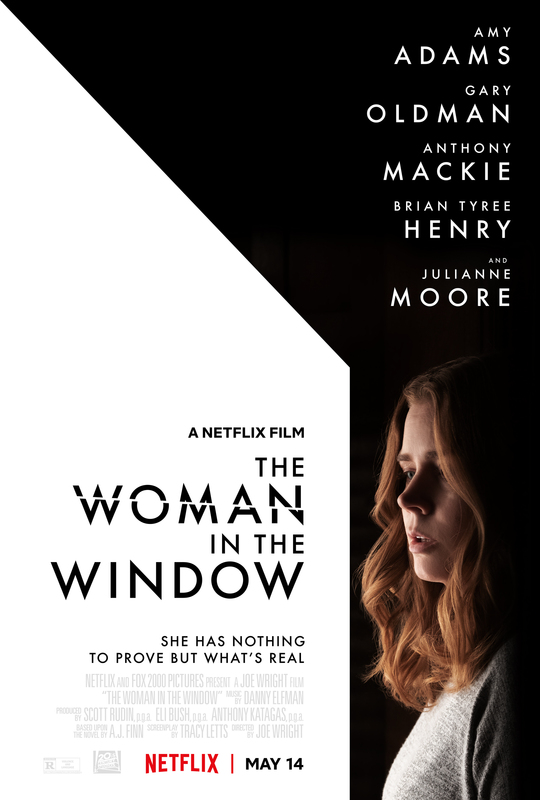Unraveling the Mystery: A Comprehensive Summary of *The Woman in the Window* That Will Keep You Hooked! This psychological thriller has captured the hearts and minds of readers and viewers alike, offering a suspenseful journey into the mind of its protagonist. As we delve deeper into the story, prepare to be intrigued by Anna Fox's world, where reality and illusion blur into an enthralling narrative.
In this article, we will explore the intricacies of *The Woman in the Window*, both as a novel and a film adaptation. From Anna's agoraphobic existence to the twists and turns that keep audiences on edge, this summary aims to provide insight into why this tale has become such a sensation. Let’s uncover what makes *The Woman in the Window* so captivating and why it continues to resonate with fans worldwide.
The Inner World of Anna Fox
Anna Fox, the central character of *The Woman in the Window*, leads a secluded life due to her severe agoraphobia. Her days are spent watching old black-and-white films, which serve as both a form of escapism and a way to pass time. This routine provides a glimpse into how she copes with her condition, highlighting her reliance on these cinematic experiences to feel connected to the outside world.
Beyond her love for classic movies, Anna also indulges in alcohol, using it as a crutch to deal with her anxiety and loneliness. Her dependency adds another layer of complexity to her character, making her struggles more relatable yet deeply concerning. Despite her fragile state, Anna strives to maintain her sanity amidst the chaos of her inner world.
As Anna navigates through her confined existence, she becomes increasingly fascinated by the lives of her neighbors. Her curiosity takes a darker turn when she believes she witnesses a murder across the street. This event sets off a chain reaction, challenging not only her perception of reality but also her own mental stability.
A Thrilling Journey Through Suspense
The Woman in the Window offers readers and viewers an engaging narrative filled with anticipation and mystery. The buildup of tension throughout the story creates an atmosphere ripe for discovery, leaving audiences eager to uncover the truth behind Anna's observations. However, the climax does not always meet expectations, often resulting in an underwhelming resolution.
Despite its shortcomings, the film adaptation directed by Joe Wright pays homage to classic psychological thrillers while incorporating modern elements. The director and writer meticulously craft each scene, ensuring that every detail aligns with the genre's conventions. Their efforts reflect a clear understanding of what makes these types of stories compelling.
This deliberate approach enhances the viewing experience, allowing audiences to appreciate the nuances within the plot. By drawing inspiration from iconic works, they create a visually stunning and intellectually stimulating production that resonates with fans of the genre.
Twists and Turns in Abundance
One cannot discuss *The Woman in the Window* without mentioning its numerous plot twists. These unexpected developments keep readers and viewers engaged, constantly questioning what is real and what is imagined. While some twists may seem predictable upon reflection, their execution remains impressive, adding depth to the overall storyline.
Anna's journey through her perceived reality is fraught with challenges, forcing her to confront uncomfortable truths about herself and those around her. Each revelation brings forth new questions, propelling the narrative forward and maintaining audience interest. This intricate web of deceit and uncertainty forms the backbone of the story, driving its momentum.
Ultimately, the abundance of twists serves to emphasize the complexity of human psychology, particularly in cases involving trauma and mental health issues. It encourages audiences to reflect on the fragility of our perceptions and the impact of past experiences on present realities.

